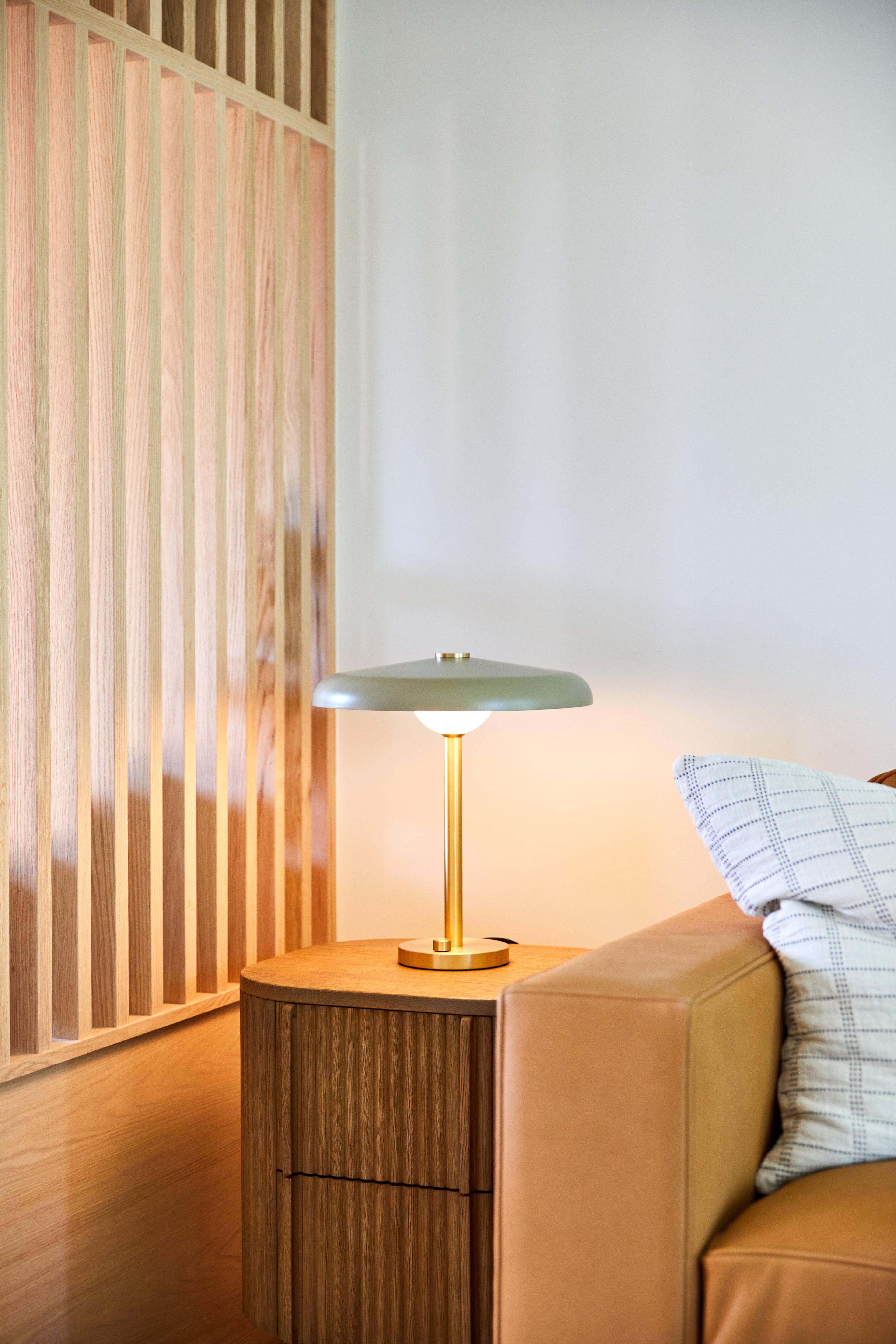The Designer’s Journal: Kellow Construction’s Warm, Storied Spaces
ByChelsea Harris
Published On
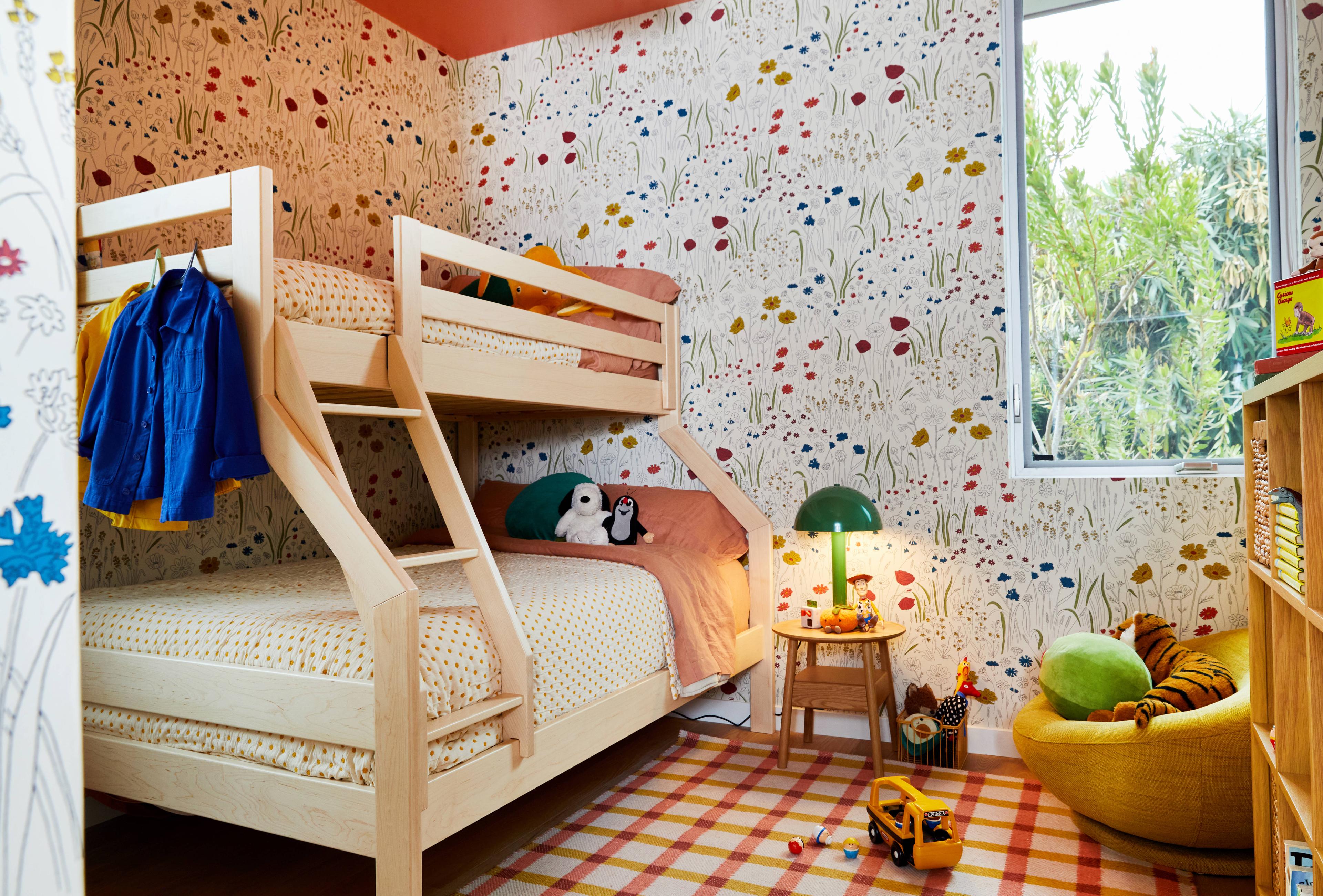
Listening is at the heart of Kellow Construction’s process—listening to clients, to the home, and to the stories it holds. Based on California’s Central Coast, their work uncovers the character that’s already there, then layers in natural materials, vintage pieces, and thoughtful updates that bring warmth and modern comfort.
“We don’t believe in erasing,” they say. “Some of the most compelling spaces come from a blend of old and new—a careful layering of eras, textures, and stories.”
From a colorful mid-century remodel in Goleta to a classic Montecito interior, their work blends ancestral reverence with modern comfort, creating spaces that feel as soulful as they are functional. We caught up with Kellow Construction to learn more about their design ethos, love of craftsmanship, and the meaningful details that make a house feel like home.
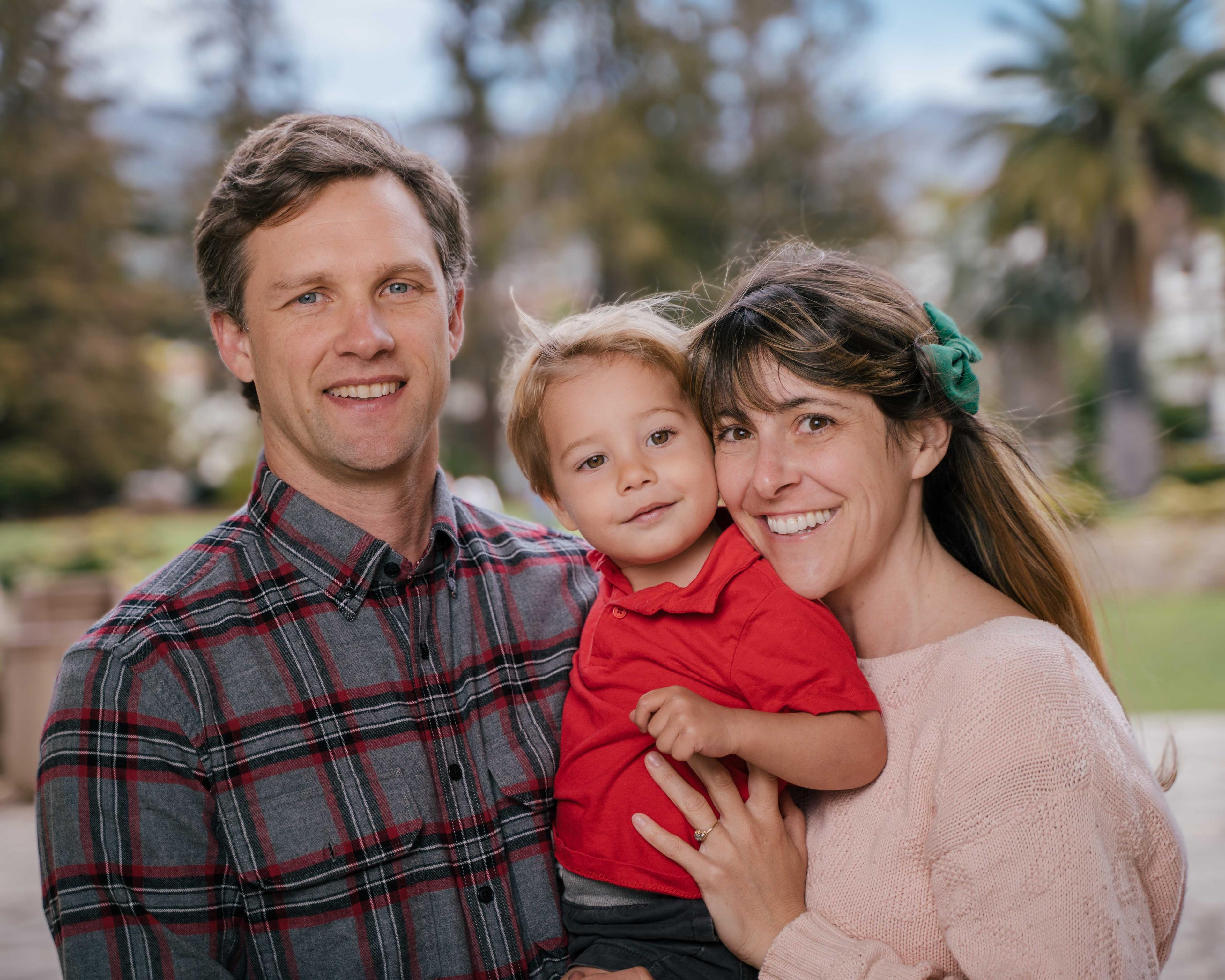
Describe your design style in three words.
Soulful, Storied, and Reverent.
Where do you draw your design inspiration from?
Typically, the home helps tell us what it wants and we listen. We are inspired by designs that show character and spirit, reflecting our company’s commitment to history, ancestral reverence, and also modern conveniences. We love cozy spaces that feel lived and loved in.
What is your design ethos?
We don’t believe in chasing trends. Our design is grounded in what feels real, spaces that are warm, soulful, and made to be lived in. We honor the original character of a home while bringing in thoughtful, timeless updates that reflect the people who live there. We love craftsmanship, natural materials, vintage pieces with a story, and design that feels human, not staged. Every decision is made with care, love, and respect, for your home, your history, and your future in it.
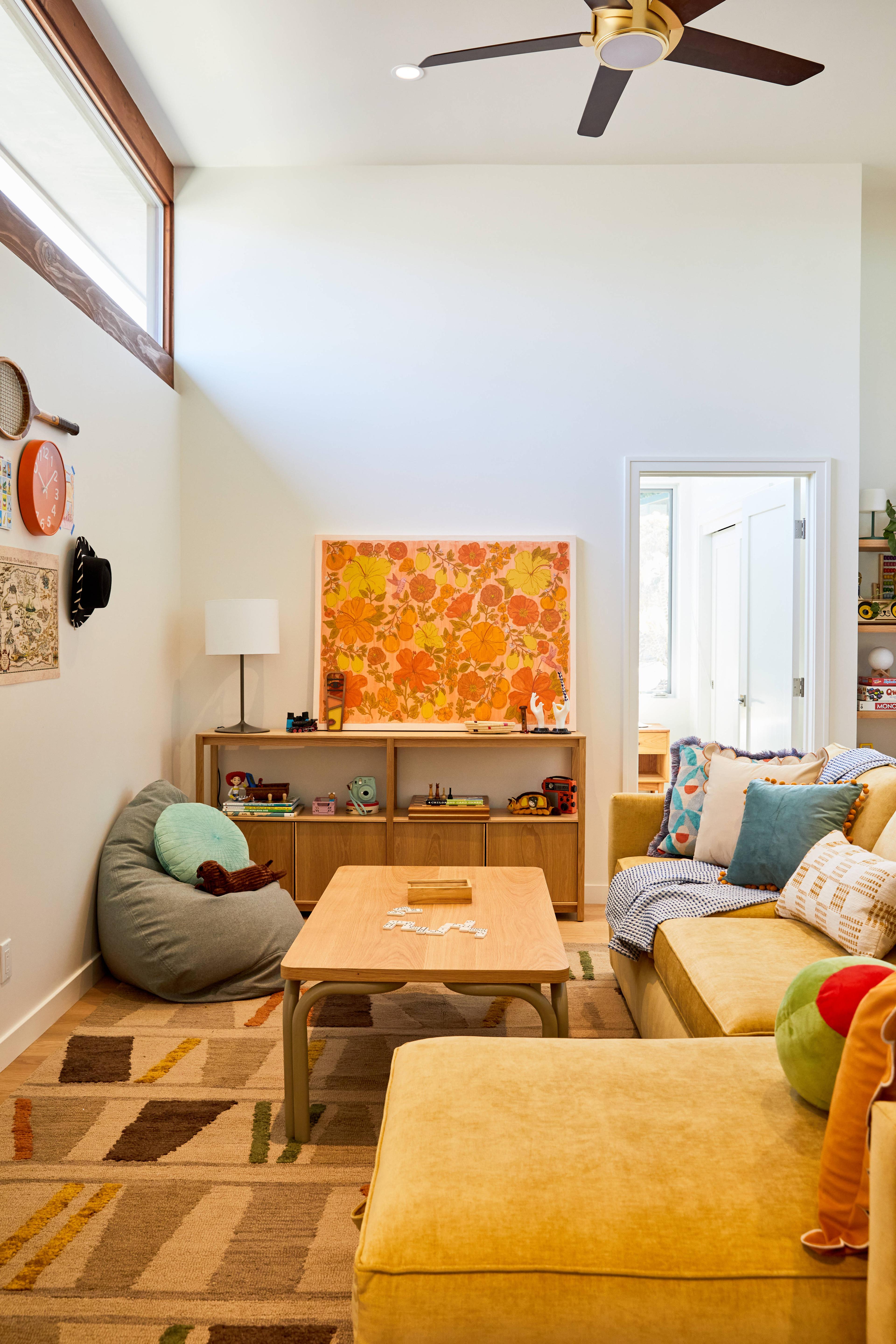
What does your home say about you?
Our home is filled with pieces from both of our childhood homes. Baroque portraits from the 1800s in gold frames on dusty rose pink walls, stained glass that my grandfather made with his own two hands. A chair from Kiel’s grandmother’s home, sailboat art from Kiel’s childhood home on Bainbridge, and art that my uncle did in the 60s. We love reusing things and being surrounded by the love that created both of us and runs straight down to our son.
What design “rule” do you always follow, and which was made to be broken?
Tear it all out. Not every renovation needs a full gut. Some of the most compelling spaces come from a blend of old and new,a thoughtful layering of eras, textures, and stories. We believe in editing with care, not erasing.
What are you working on right now?
We’ve got a few projects going. We’re working on a residential remodel in Santa Barbara’s Upper Riviera and are deep in cabinet research and selections. We’re also closing out a big mid-century remodel in Goleta that’s lively, colorful, and just fun fun fun. And we’ve got a sweet interior remodel in Montecito for a family who loves that classic, clean look. They want to entertain more (grandkids and family), so we’re helping with both design and construction to make the space work better for their life.
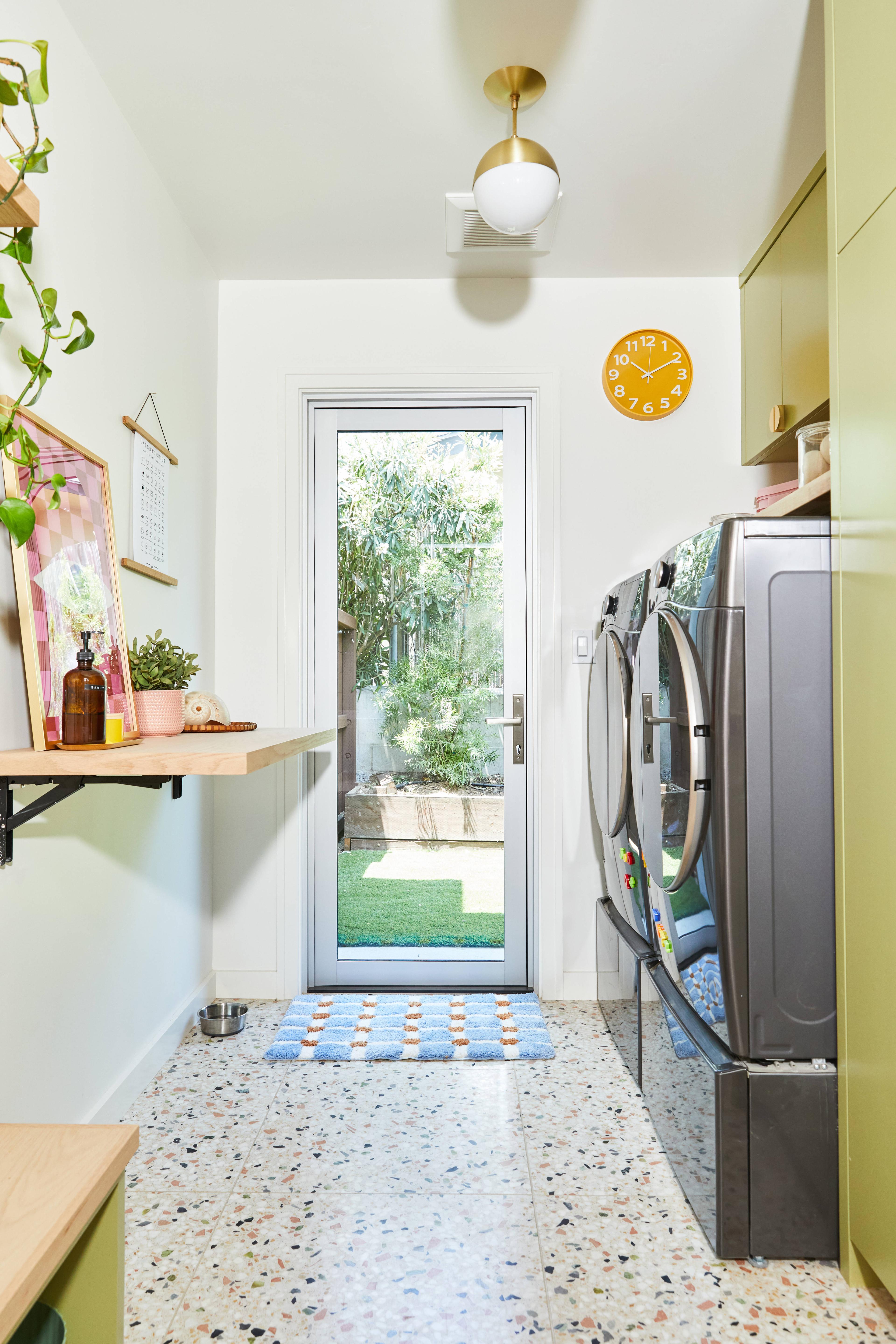
Do you have any design mentors?
For me, I would say Jessica Helgerson, who grew up in Santa Barbara and is now based in Portland and possibly Paris, somewhere fabulous like that. She’s the crème de la crème for me. I’m also inspired by magical, whimsical spaces and by Kim Gordon of Selkie, who’s also from Santa Barbara. And, of course, the most classic, effortless, original Santa Barbara style of Wendy Foster is always in my heart.
My husband Kiel grew up in a 1970s Panabode cedar log cabin style home, where he fell in love with natural materials and simple, soulful design. He was mentored by his dad, Glenn Kellow,a fearless, out-of-the-box cowboy-style builder and mink farmer in Pacific City, Oregon. Glenn taught him how to get things done,and just as importantly, what not to do. He was also influenced by Kimo Mackey on Bainbridge Island, who designed his home like a boat, hiding anything modern unless it was vintage, and crafting deeply intentional spaces. That love of wooden boats still shows up in Kiel’s work,in the paneling, the paint, and the quiet nautical details that give a space soul.
What’s your favorite way to create a statement-making moment in a room?
Probably a dance party. Or a hug. Or both at once.
Design-wise, we’re all about moments with soul. Not flashy, but meaningful. A raw beam that’s been there forever. A vintage sconce from someone’s grandpa’s garage. A perfect arch that catches the afternoon light just right. We’ve got saltwater in our blood, so there’s usually a little nod to old-school craftsmanship or something subtly nautical,details that feel like Santa Barbara, but not in a postcard way. We like spaces that are warm, a little gutsy, and built for real life.
What’s your favorite piece of decor in your own home?
For me, it’s a Victorian heritage lamp that my grandma gave me when I was a little girl, converted from gas to electric (it’s that old) because I loved it so much in her house. It felt so beautiful to me, I wanted to become that lamp.
For Kiel, it’s the antique zebra we have from my dad, the sailboat painting that was in his childhood home, and the family photos, especially of his grandparents.
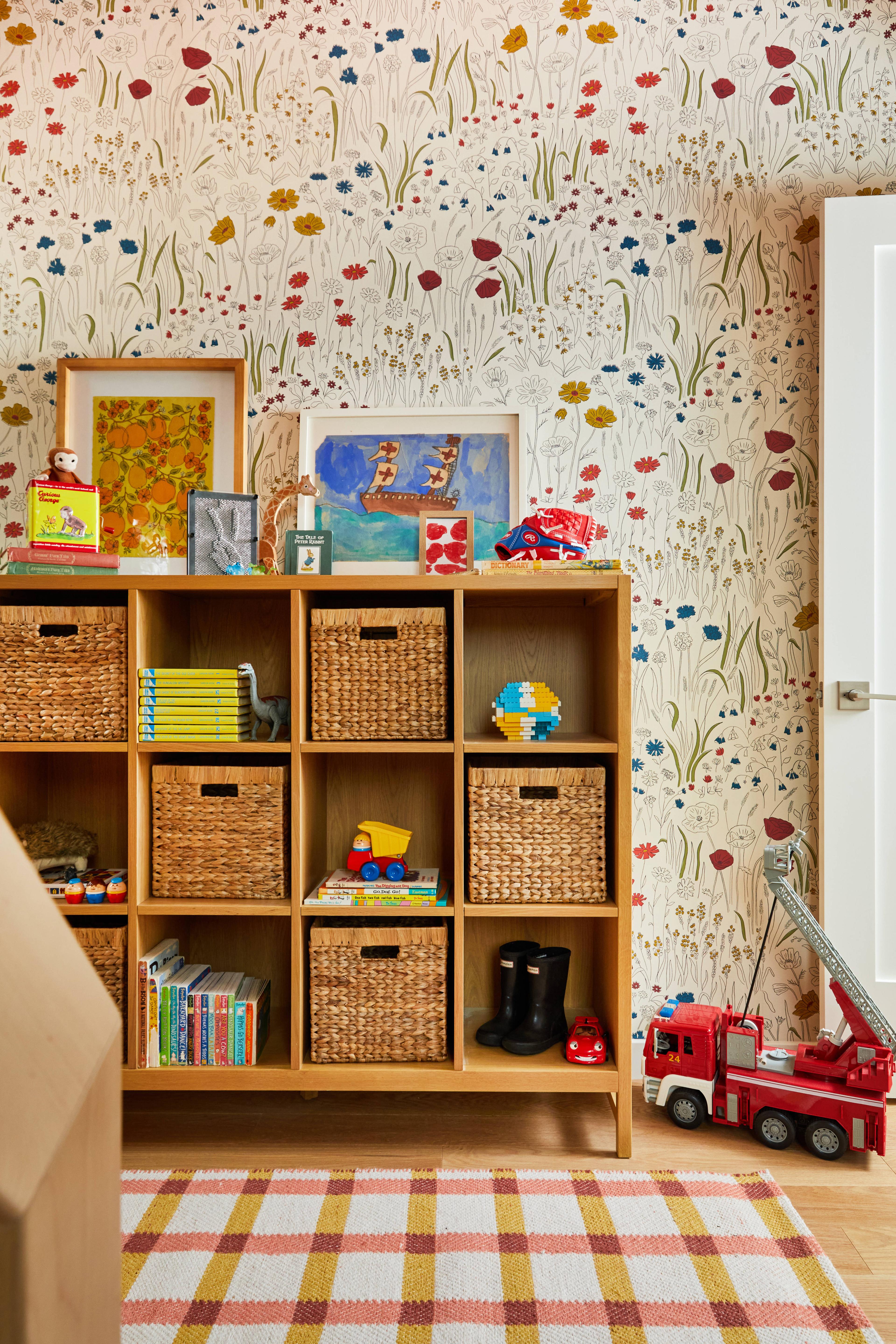
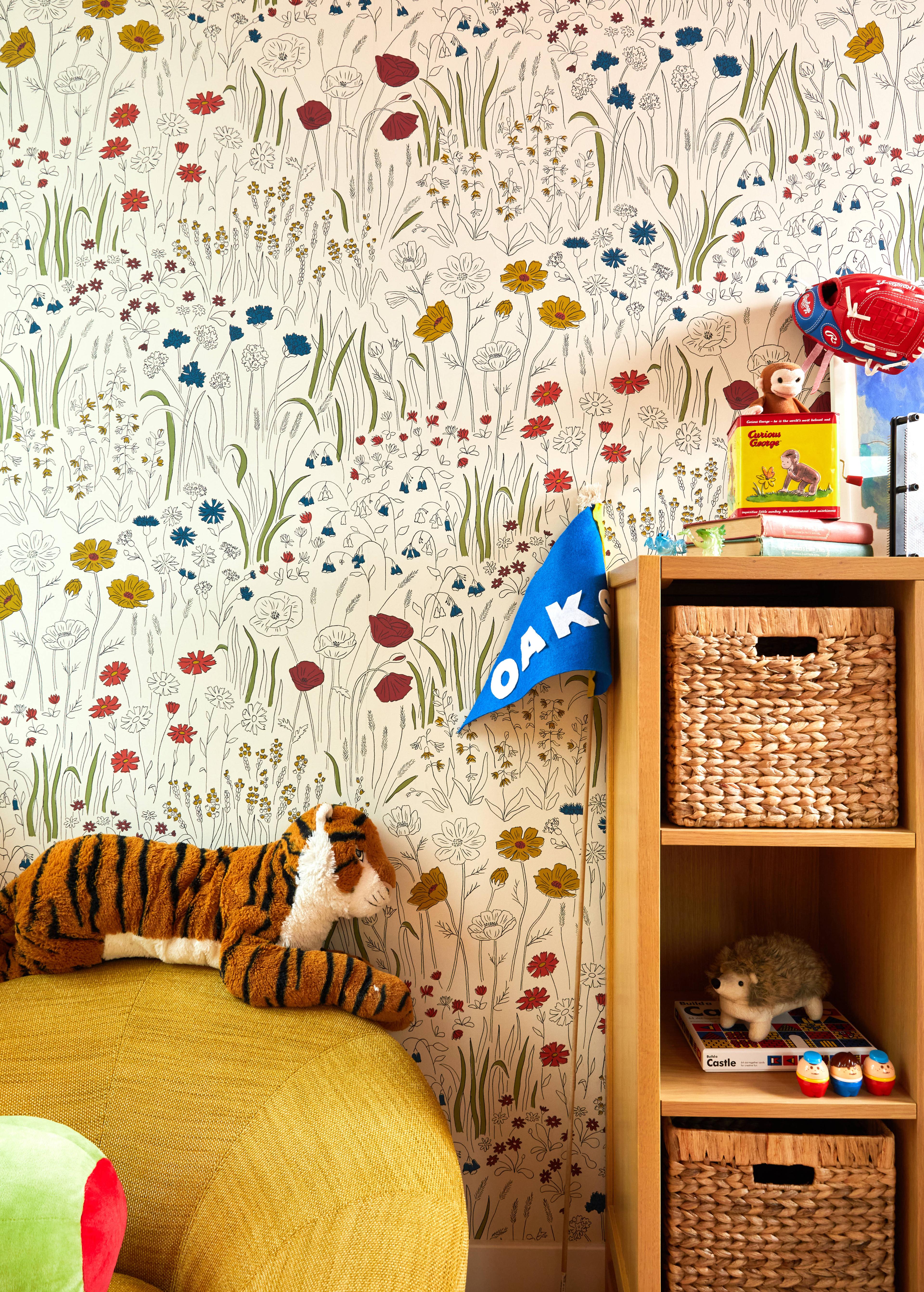
Can you share your favorite Schoolhouse product?
I can’t pick just one! Right now: The Sidnie Table Lamp, Alpine Garden Wallpaper, and the Gambit Tufted Wool Rug.
Can you tell us a bit about the project pictured?
This project started as a bathroom remodel and evolved into a full interior remodel of a ranch-style home.
Where is the project located?
Santa Barbara, CA
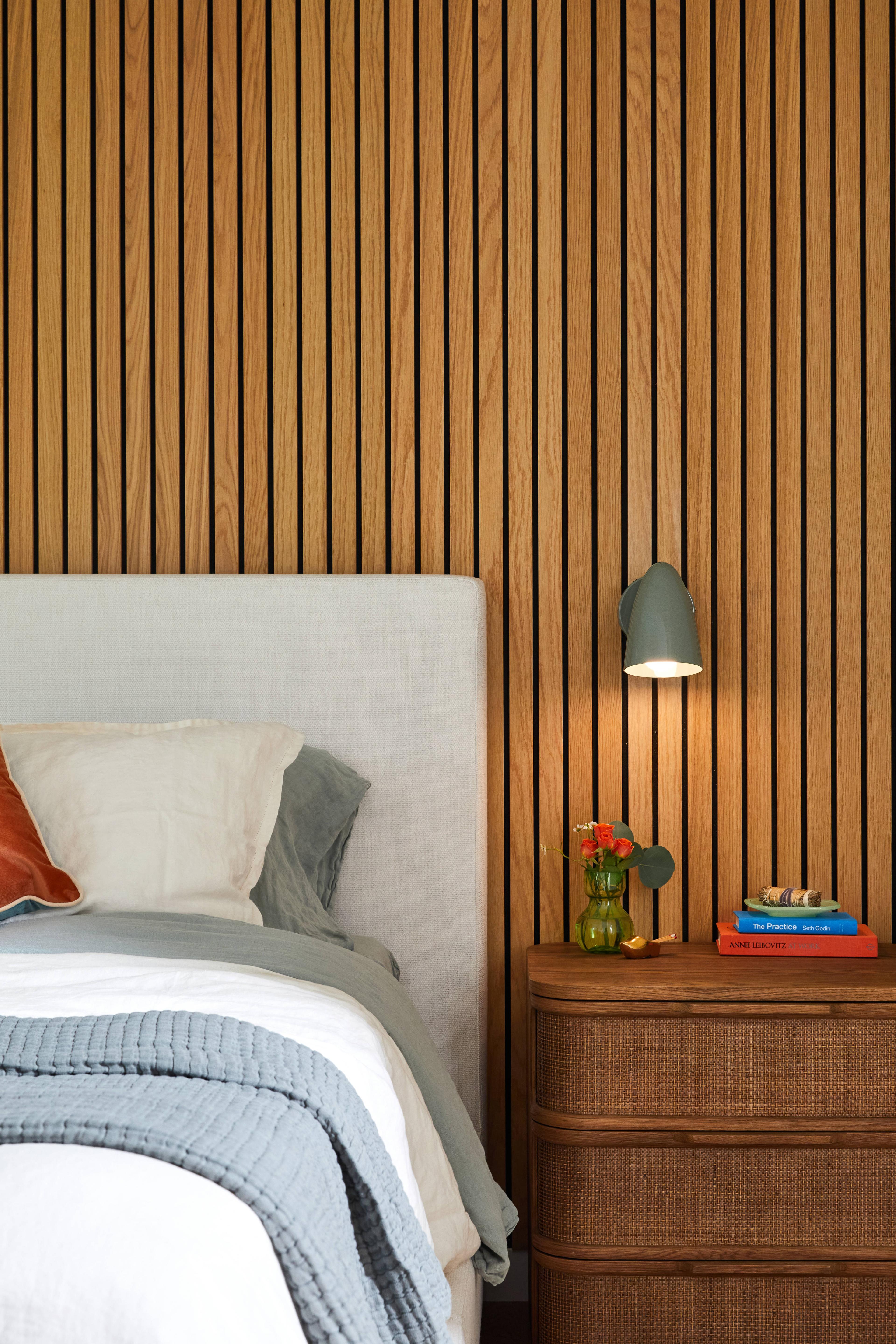
What was the biggest challenge in bringing this project to life?
This project had a client-driven scope explosion that we pivoted to seamlessly. The challenge with that is managing scope changes, doing on-the-fly design, and maintaining budget and flow without losing momentum or heart.
Any fun facts about the project?
This project had over 20 (!) different subcontractors involved. At Kellow Construction, we self-perform most of the carpentry, so those 20+ trades represent just about every specialty other than that. It truly takes a village to bring a home like this to life.
